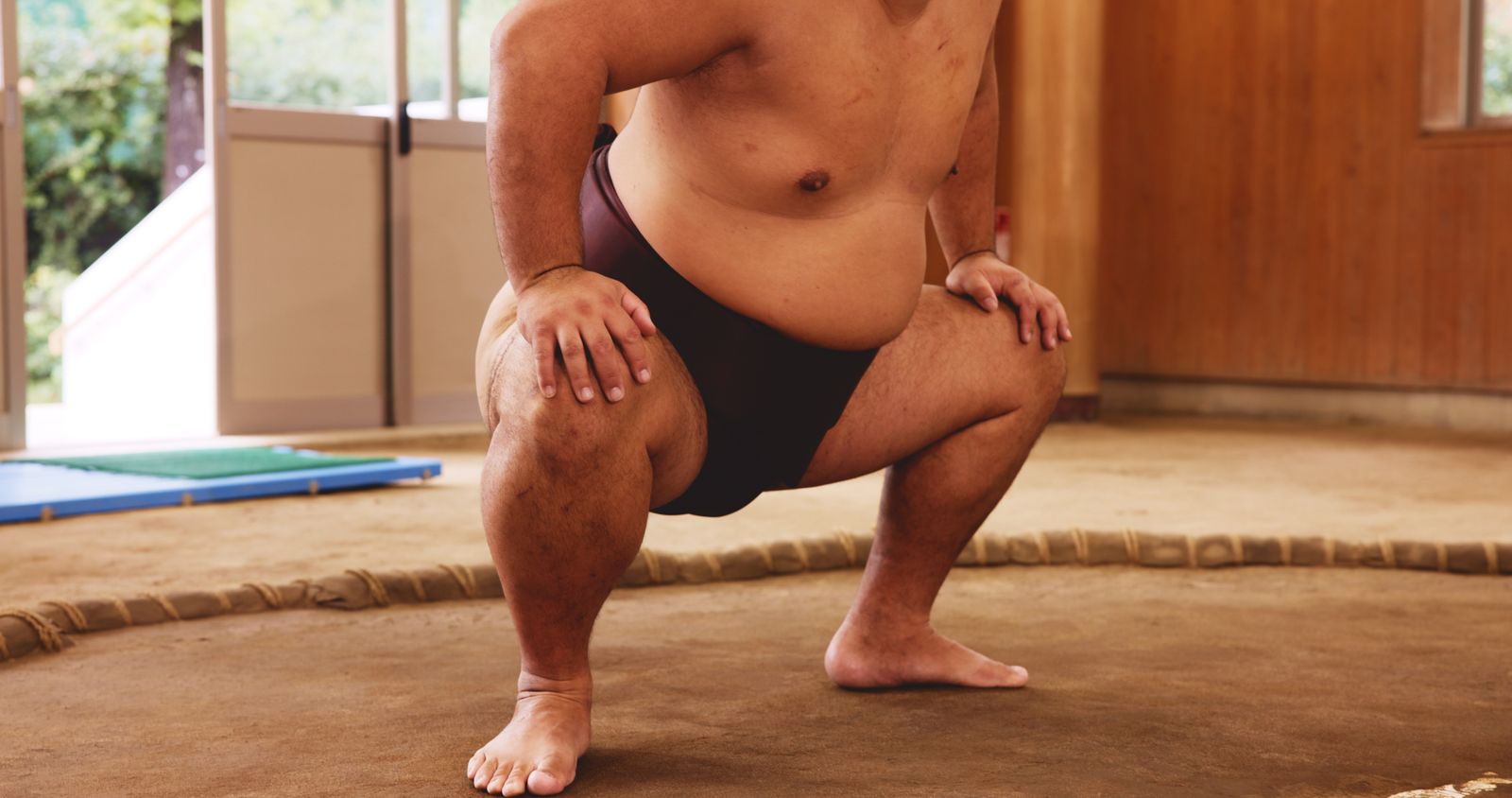When the Grand Sumo Tournament arrived in London this October, the city reacted as if a global pop star had touched down. For five days, the Royal Albert Hall transformed into a dohyō (sumo ring), alive with roaring crowds. It was a collision of worlds: ancient Japanese ritual unfolding in a Victorian concert hall usually reserved for symphony orchestras.
Sumo’s first visit to London in 34 years sparked an electric response. Tickets disappeared almost immediately; social media feeds flooded with viral clips of rikishi wrestlers cycling on Lime bikes and selfies snapped outside Buckingham Palace; and suddenly Britain had discovered a new sporting obsession.
But beyond the spectacle, something more interesting happened: fans began planning trips to Japan explicitly to experience sumo in its homeland. What started as a novelty became a catalyst for travel.

Onosato and Hoshoryu speak to the media near the Houses of Parliament during a tour of central London.
Getty ImagesFrom viral moment to travel motivation
Sports tourism has exploded in recent years – from cricket fans turning New York into a temporary Mumbai during the T20 World Cup, to Formula 1 followers building holidays around race weekends.
Expedia’s latest annual trend report has named “Fan Voyage” as a defining travel trend – a move away from generic spectator sports and toward deeply local, culturally expressive athletic traditions. For Gen Z and Millennial travellers especially, the draw isn’t the scoreboard but the ceremony, the atmosphere, and the chance to feel part of a community. Think Muay Thai in Bangkok, curling in Canada – and now, increasingly, sumo wrestling in Japan.
For many British travellers, the London tournament planted the seed.
“We didn’t come to Japan for sumo,” says UK visitor Max Johnson, who attended the November tournament in Fukuoka with his partner, Dolly, “but once we realised it was on during our trip, we thought – we have to try to see it.”
They secured tickets through an international booking service that bundled seats with an English-speaking interpreter and a short pre-match introduction. “We did pay a premium for the experience, but it was absolutely worth it,” Max says. “Without that support, we wouldn’t have been able to access tickets at all. You need a Japanese phone number, and everything sells out in minutes.”

Dohyo, mawashi and legs of a Sumo wrestler in Japan.
Getty ImagesInside the sumo experience
Sumo has always been more than a sport in Japan. With origins tracing back over 1,500 years, it is a form of budō – a Japanese martial art – deeply rooted in Shinto ritual, with purification ceremonies, salt-throwing to cleanse the ring, and bouts that often unfold in near silence, punctuated only by the crowd’s gasps.


AloJapan.com